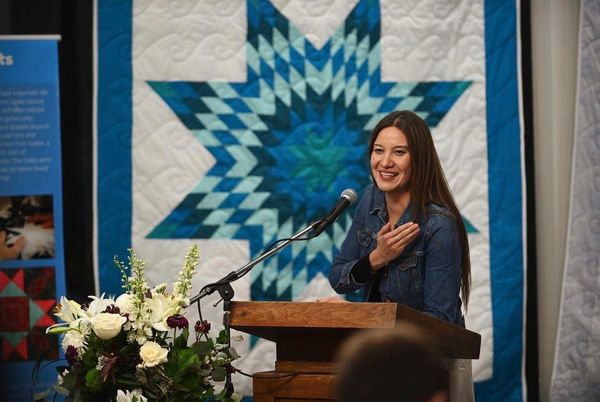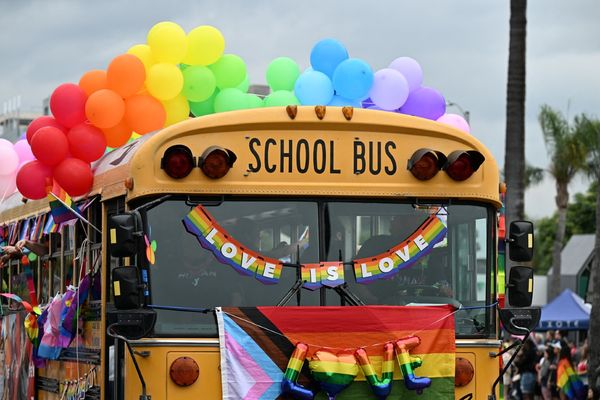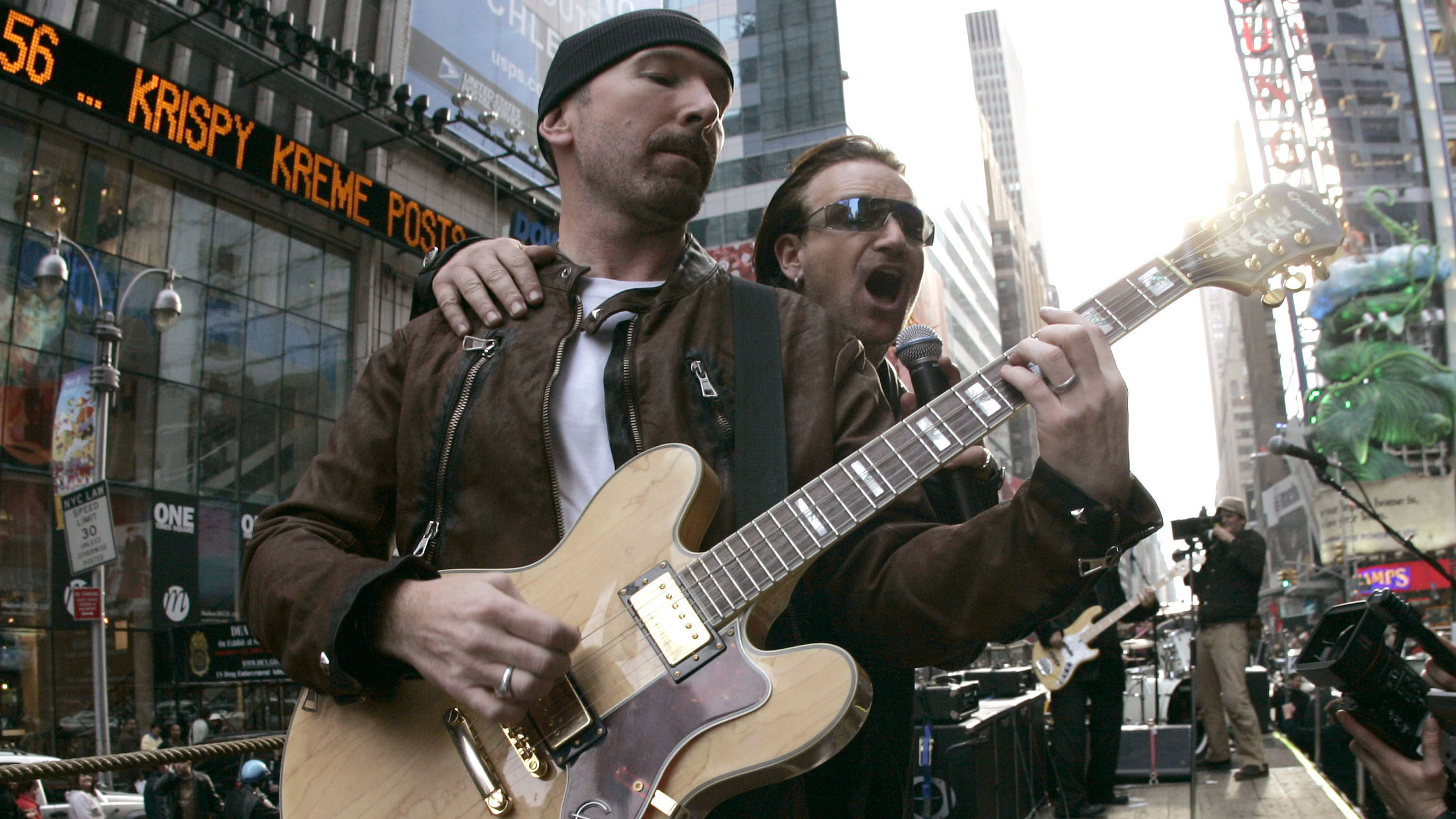
When you think of U2, and The Edge specifically, you often think of huge soundscapes, a wall of guitars and enough delay to drown a stadium full of screaming fans…. But what happens when you turn the delay pedals off?
Underneath the delay-soaked guitar lines are a bunch of very interesting chord choices by the Edge. In his quest to fill as much sonic space as he can, he often employs interesting chord voicings to try and cover more ground.
In this lesson we’re going to check out four interesting and unusual chords that The Edge used in some of U2's biggest songs… and one they wrote for another icon to sing.
C#m7b5
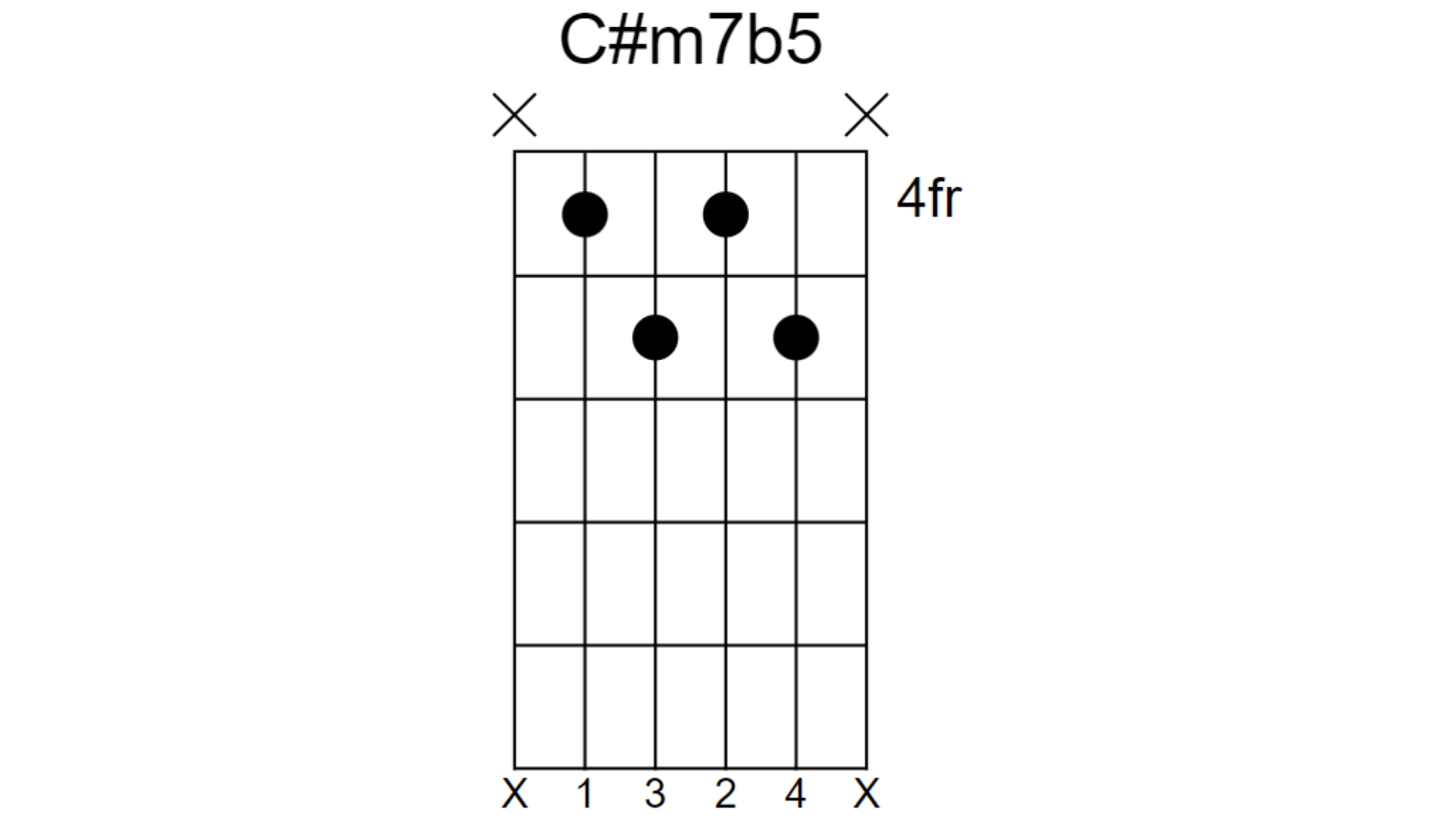
Did you know that Bono and The Edge wrote the theme song form 1995’s James Bond movie Goldeneye, which was sung by Tina Turner?
Technically, there is no guitar in this, but if there was, a C#m7b5 chord would appear in the chorus of the song. If you decide to cover this on guitar, you’ll need to learn this diminished chord.
G/B
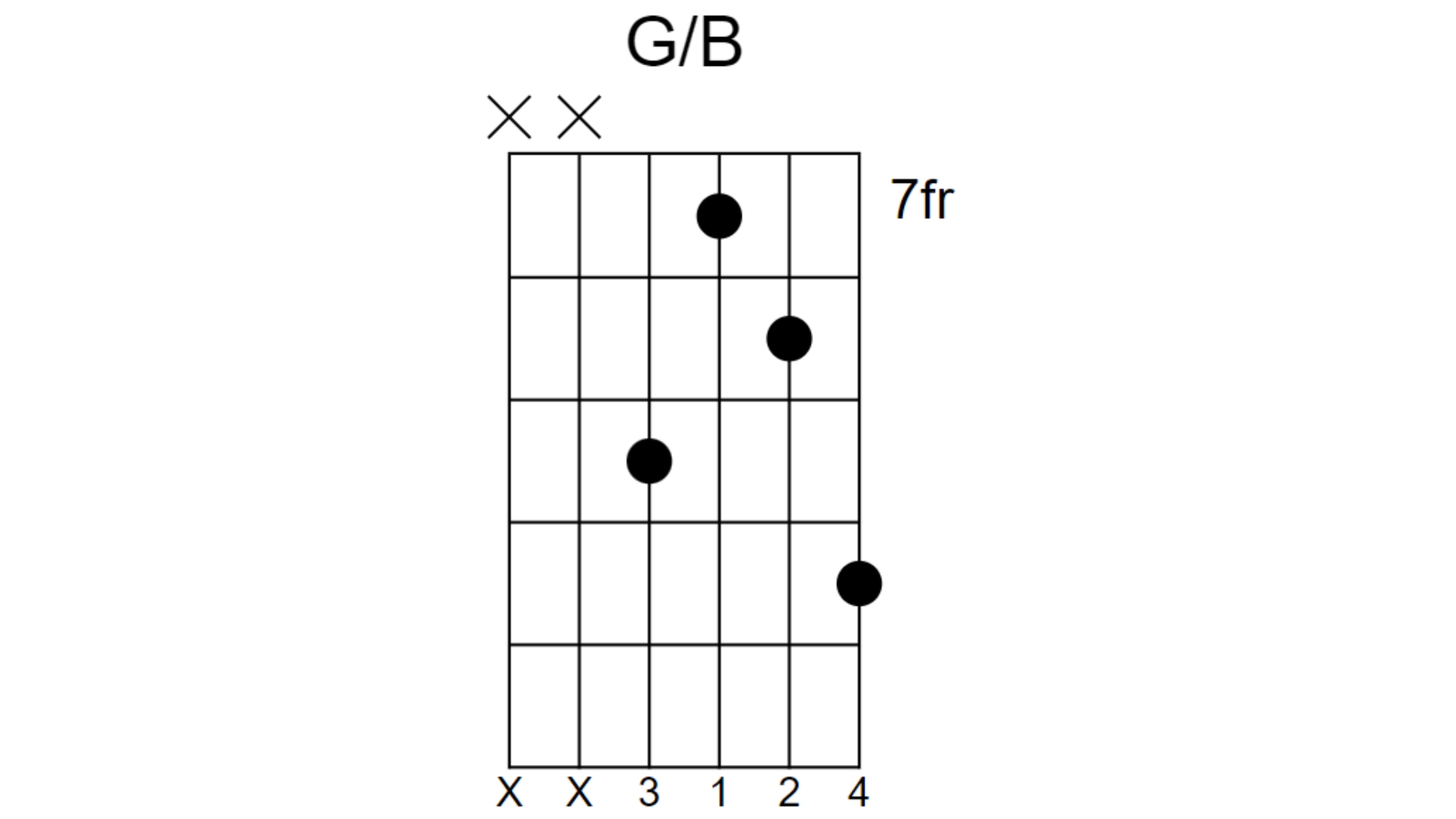
This chord appears in the verse of the song Where The Streets Have No Name. Through the verse The Edge is playing a muted 16th note pattern, but every so often he throws in a little section of this chord played in a funky manner.
This chord could also be viewed as a Bm#5.
Badd4

In the second verse of the song Pride (In The Name of Love), Edge breaks into an arpeggiated chord pattern. The first chord you hear in that pattern is the Badd4.
This chord is based around a regular six-string major barre chord, but the B and E strings and left to ring open.
This shape can be moved to other rooted chords along the Low E, but they won’t all function as add4 chords. The open strings will change the interval make up.
D6no5
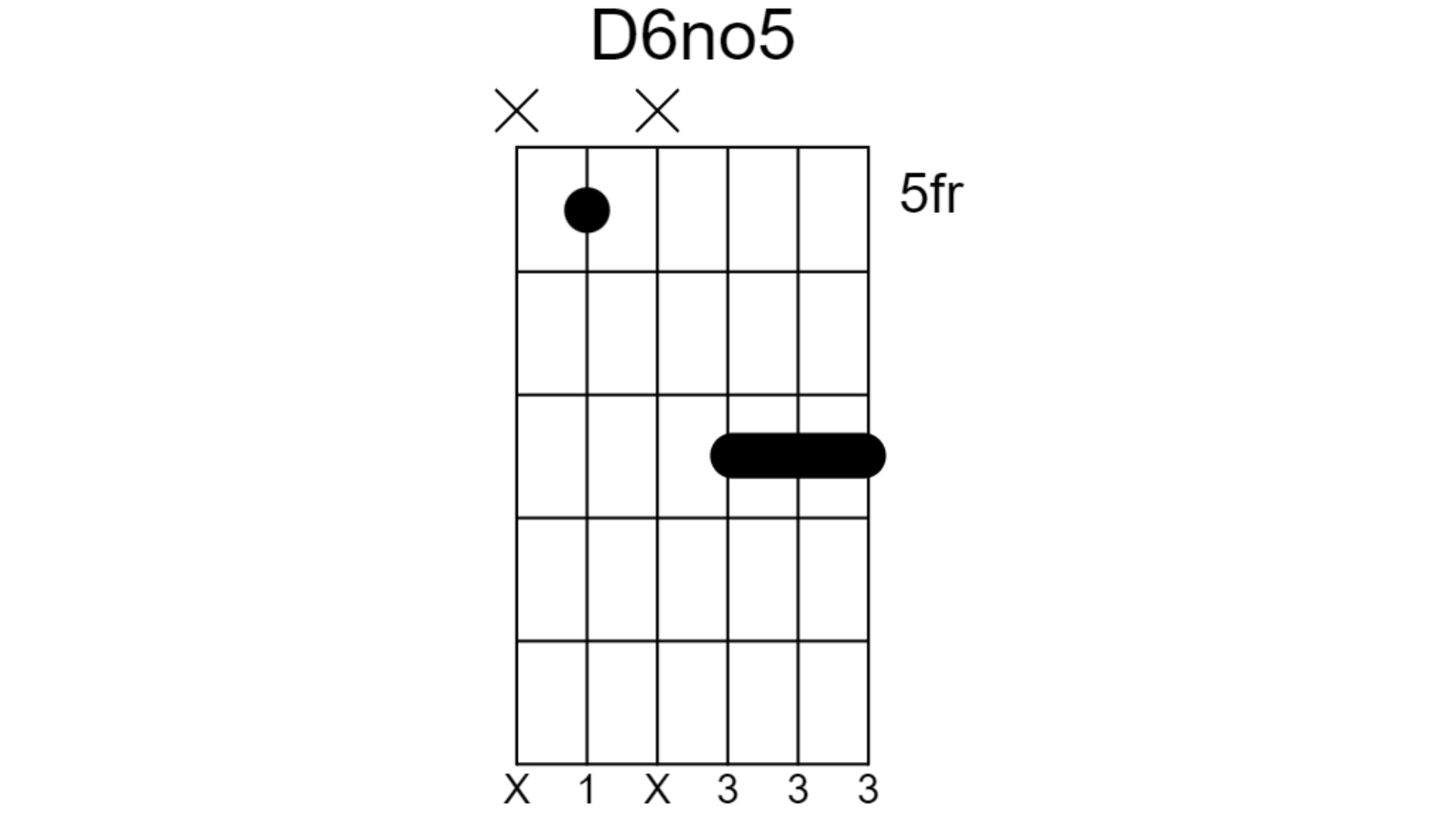
In the chorus of Bullet the Blue Sky this D6no5 chord makes an appearance. The added B note at the top makes it a D6, but the absence of the 5 interval on the A string is interesting. The Edge would often pull out intervals to create space in the mix for other instruments.
You could also view this chord as a Bmin triad with a D in the bass, making it Bm/D.




